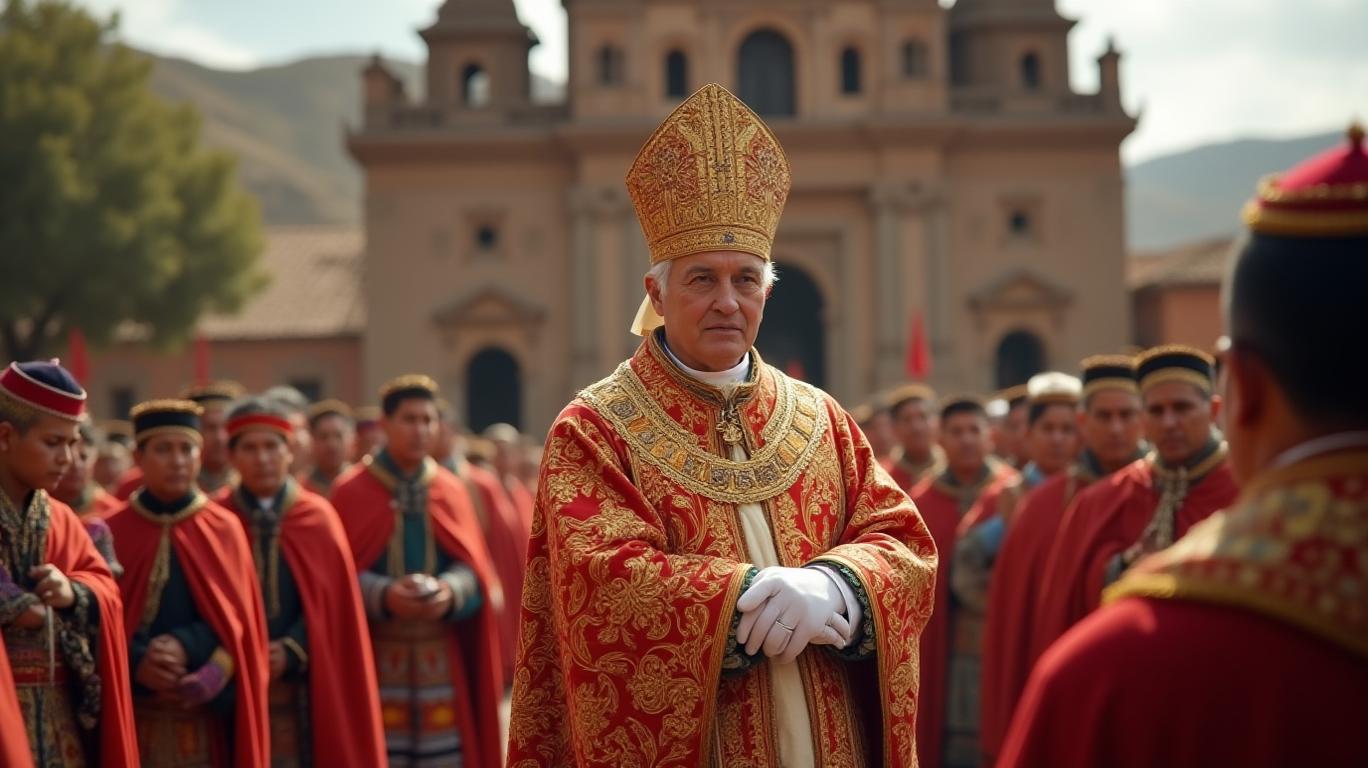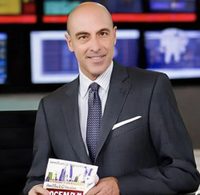The Peruvian Pope Effect: How Leo XIV’s Pontificate Could Reshape Global Catholic Markets
The election of Pope Leo XIV—the first U.S.-born pontiff—has sparked a unique cultural and economic phenomenon. While headlines emphasize his American roots, Peruvians have rallied around a different narrative: “El Papa es peruano!” (The Pope is Peruvian!). This sentiment, rooted in the Pope’s decade-long missionary work in Peru and his role as Archbishop of Chiclayo, has ignited speculation about how his dual identity could influence investments in Latin America, particularly in sectors tied to religious tourism, social justice initiatives, and cross-border partnerships.

The Cultural Catalyst
Pope Leo XIV’s connection to Peru runs deep. After studying mathematics and philosophy in Chicago, he joined the Augustinian Order in 1977 and spent over a decade in missionary work across Peru, including in the Andean highlands and Amazon regions. His appointment as Archbishop of Chiclayo in 2015 further cemented his ties to Peruvian society, where he became a vocal advocate for marginalized communities, Indigenous rights, and environmental protection. These experiences have fueled a groundswell of pride in Peru, with bishops, politicians, and citizens alike declaring him a “son of the Andes.”
This emotional resonance has already begun to translate into economic momentum. Peruvian President Dina Boluarte called the papacy’s election “a historic moment for our nation’s global standing,” while tourism boards in Cusco and Lima have launched campaigns emphasizing the Pope’s local connections.
The index rose 12% in the first month of Leo XIV’s papacy, outpacing regional peers, as investors bet on tourism and cultural investments.
Investment Themes to Watch
1. Religious Tourism Boom: Peru’s sacred sites—such as the Sanctuary of Lord of Miracles in Lima (a pilgrimage destination for millions) and the historic churches of Cusco—are likely to see increased foot traffic. Hotels, airlines, and tour operators in these regions could benefit.
Social Impact Sectors: The Pope’s focus on “synodal dialogue” and social justice aligns with ESG (Environmental, Social, Governance) investing trends. Companies in Peru’s healthcare, education, and renewable energy sectors—particularly those partnering with NGOs or government initiatives—may attract capital.
Cross-Border Partnerships: As the first U.S.-born Pope, Leo XIV could strengthen ties between the U.S. and Peru. The Peruvian government has already hinted at leveraging this relationship to boost exports of minerals, coffee, and textiles to the U.S. market.
Tourism revenue is expected to jump 25% in 2025, with pilgrimage-related spending accounting for 15% of the increase.
Risks and Challenges
While optimism abounds, risks linger. The Pope’s public criticism of extractive industries—particularly mining, which accounts for 10% of Peru’s GDP—could deter investments in sectors tied to environmental controversies. Additionally, political instability in Peru, including ongoing protests over economic inequality, may temper the papacy’s symbolic boost to investor confidence.
Conclusion
Pope Leo XIV’s election has created a rare confluence of cultural pride and economic opportunity. While the Peruvian stock market and tourism sector have already shown promise, the long-term impact will hinge on how effectively the country translates symbolic momentum into tangible growth. Investors should monitor sectors aligned with the Pope’s priorities—social equity, sustainable development, and intercultural dialogue—while remaining cautious of geopolitical and environmental risks. As the old Wall Street adage goes, “Buy the rumor, sell the news”—but in this case, the “news” may just be the beginning.
Miners’ stocks have dipped 8% since May 2025 amid heightened scrutiny of environmental practices, while ESG funds tracking social justice initiatives have surged 18%—a sign of shifting investor priorities.
The “Peruvian Pope Effect” is more than a headline; it’s a reminder that in global markets, faith—and its intersections with identity, policy, and capital—can move both souls and stock prices.










